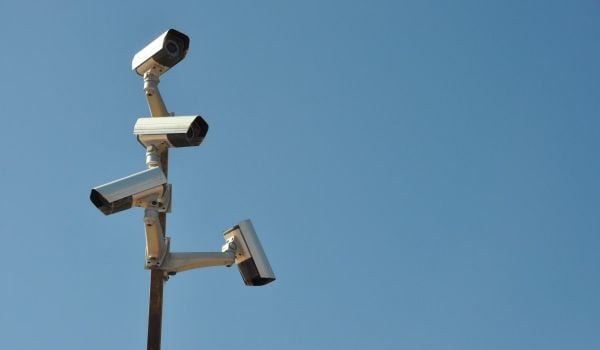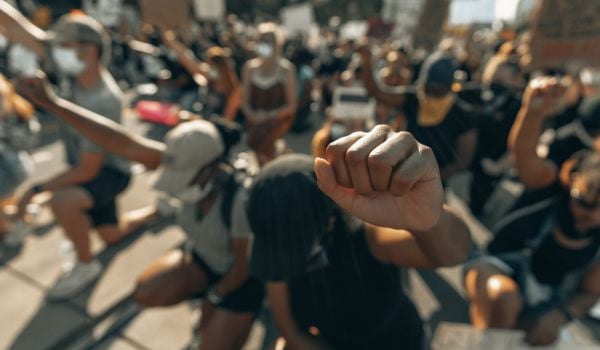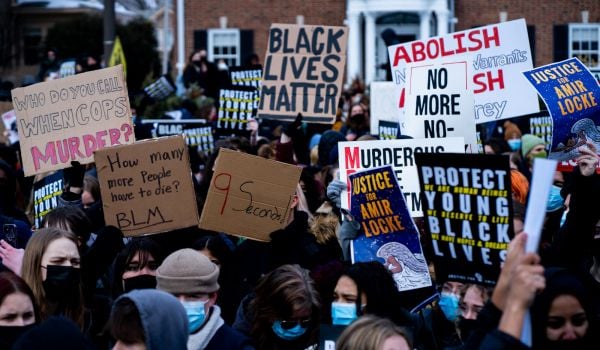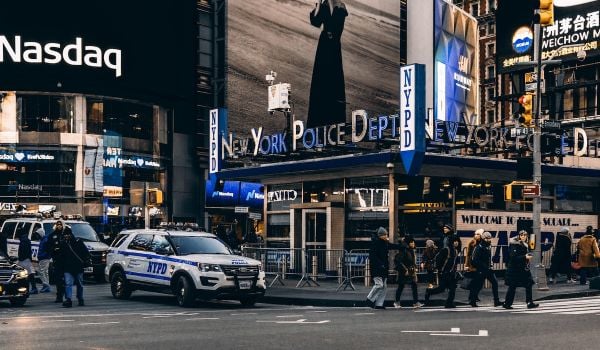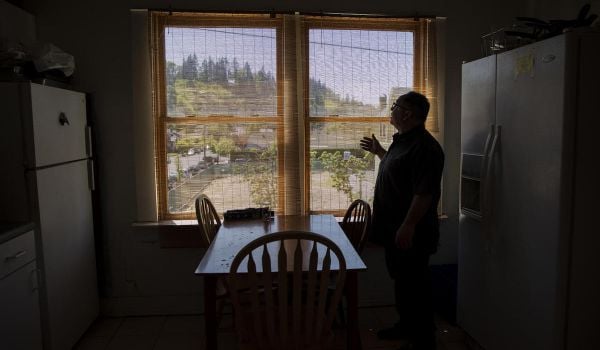The company that “brings good things to life” wants to start helping save lives in some of America’s most dangerous cities. At the end of September, General Electric signed a tentative agreement with SST, Inc., maker of the popular ShotSpotter gunshot detection system now in use in more than 90 cities worldwide.
ShotSpotter utilizes sophisticated acoustic triangulation technology to identify the location of gunfire from a wide range of firearms. According to the company, the system has the ability to pinpoint the location of shots fired to within 10 feet, notify police dispatchers in real time of a crime in progress, and help law enforcement agencies create databases to ascertain shooting trends.
Under the proposed deal, GE would begin embedding ShotSpotter sensors into its next-generation streetlights. The fixtures are part of GE Lighting’s Intelligent Environments for Cities platform, which is relying on a networked ecosystem of “smart” streetlights to “transform street lighting into the analytical brain of urban life,” according to GE spokesperson Rick Freeman.
Gunshot detection technology was first deployed in an urban setting in California in the 1990s, but only began gaining widespread acceptance over the last decade. Leading tech firms including Cisco Systems and Raytheon are currently marketing systems, as are smaller players such as Safety Dynamics. But ShotSpotter, launched in 1996 in California, has cornered the market. Dozens of police departments across the U.S. use ShotSpotter Flex, with costs averaging $250,000 per square mile of coverage. Camden, New Jersey, which deployed the system in 2012, recently credited ShotSpotter with a 50 percent reduction in shootings in 2014.
The positive press has been putting pressure on other cities to embrace gunshot detection tech.
In March, New York City inaugurated a $1.5 million test system using more than 300 ShotSpotter sensors to cover 15 square miles.
Philadelphia City Council, which first studied ShotSpotter in 2007, expressed renewed interest in the technology after touring Camden in April, and is slated to begin hearings this fall to consider a limited rollout by the Philadelphia Police Department.
Despite the rapid uptick in adoption, however, the jury is still out on the technology’s effectiveness and has yet to be universally embraced by law enforcement. While the systems have proven popular with residents of communities where random gunfire is a near constant threat, some police officers have expressed skepticism over the tech’s tendency to produce false alarms. Meanwhile, hard data on the extent to which it improves public safety is still difficult to come by.
For such a system to be valuable it would have to do more than simply tell police where shots have already been fired. Ideally this means either facilitating more arrests for illegal gun discharges, improving arrival times for emergency personnel responding to shooting scenes, or being an overall deterrent to gun use.
Early studies by the National Institute of Justice found little evidence to support that gunshot detection technology gets police to the scene of a crime any faster than 911 calls.
“For the most part, there was little difference between response times to technology-generated reports of gunfire during the test period and response times to citizen-generated reports before the test period,” reads one report from 1998.
A more recent study by the Audio Engineering Society found that while the technology is good at doing what it’s supposed to do (detect gunfire), “quantifying the efficacy of gunshot detection in reducing firearm violence and crime is difficult given the available research in this field.”
SST itself, in its “National Gunfire Index,” published annually since 2013, has compiled most of the best available data on ShotSpotter’s effectiveness. According to the most recent index, ShotSpotter’s sensors picked up nearly 34,000 incidents of gunfire or “possible gunfire” in 47 U.S. cities in 2014 — excluding obvious false alarms. In 26 of the 28 cities with comparable data from 2013, the company found an average reduction in gunfire of nearly 30 percent.
But there could be other factors at play. According to the FBI’s annual Uniform Crime Reporting statistics, violent crime across America hit a nearly 40-year low last year, with murders at their lowest level since 2009.
Since ShotSpotter’s data doesn’t include a control group of cities that don’t use their technology, it’s difficult to draw a direct link between the declines and the use of the technology. Nor does the company parse arrest records, to see if more shooters are being taken off the streets, or crime reports, to determine if fewer people are getting shot.
This doesn’t mean the technology isn’t having a preventative effect. There’s just no way to really know.
Meanwhile, anecdotal data is mixed.
An investigation in 2013 by a Connecticut Fox affiliate cited concerns over the system’s accuracy among police officials in Hartford. “Some calls you go to you don’t know if it’s a firecracker, you don’t know if it’s a gunshot, you don’t know if it’s a dump truck swinging its tailgate,” said a Hartford police official quoted in the story.
Last year, the Oakland Police Department recommended the city abandon its contract with ShotSpotter, which costs more than $260,000 a year, arguing that the money could be put to better use elsewhere. Officials said the system was redundant since residents already called in most reports of gunfire. That assertion seemed to be supported by an analysis by the San Francisco Chronicle, which found that, of the 258 ShotSpotter alerts the OPD received during a one-month period, 197 were also called in by residents.
Oakland City Council renewed its contract, however, and this year the OPD is crediting ShotSpotter with leading to a dramatic reduction in shootings in 2015. The department says an audit now shows only 13 percent of gunfire incidents result in a call to police.
Yet, in February — as it faced a mounting crime wave — Baltimore backed off a plan to install ShotSpotter, saying deployment would put a strain on other crime-fighting resources.
It may be too soon to tell whether gunshot detection technology is a cost-effective investment for police, but GE’s entrance into the market could have the effect of mitigating costs by giving cities the option of piggybacking a ShotSpotter deployment onto other municipal improvements, such as lighting. As cities become increasingly networked through the use of smart technologies, even a minor boost in public safety could be worth the effort.
Editor’s Note: The average price of $250,000 per square mile for ShotSpotter coverage cited above and in most reports on the technology references the original pricing model, which included a perpetual license and equipment acquisition expenditures. According to SST President Ralph Clark, this has since been replaced with a managed-services approach that has cut the cost of deployment to $60,000 to 90,000 a year by eliminating equipment expenditures and allowing clients to renew licenses annually.
Christopher Moraff writes on politics, civil liberties and criminal justice policy for a number of media outlets. He is a reporting fellow at John Jay College of Criminal Justice and a frequent contributor to Next City and The Daily Beast.
Follow Christopher .(JavaScript must be enabled to view this email address)



